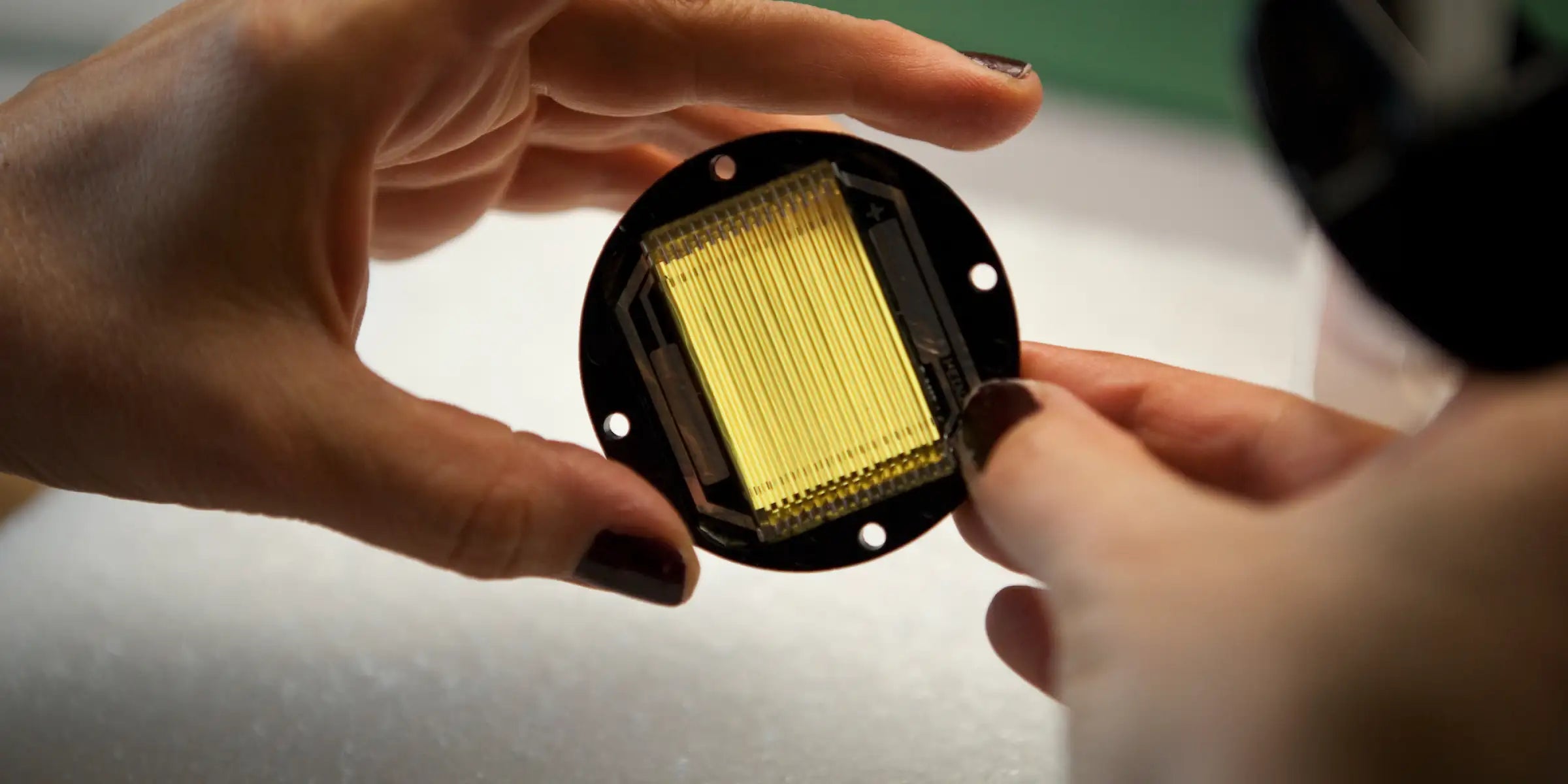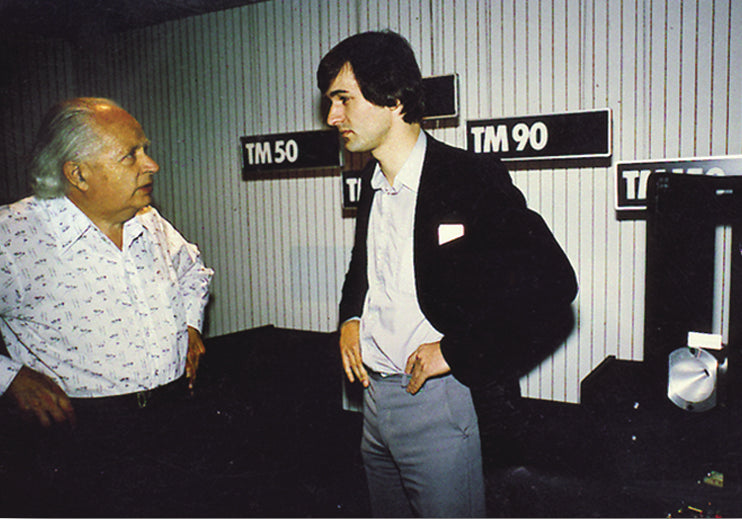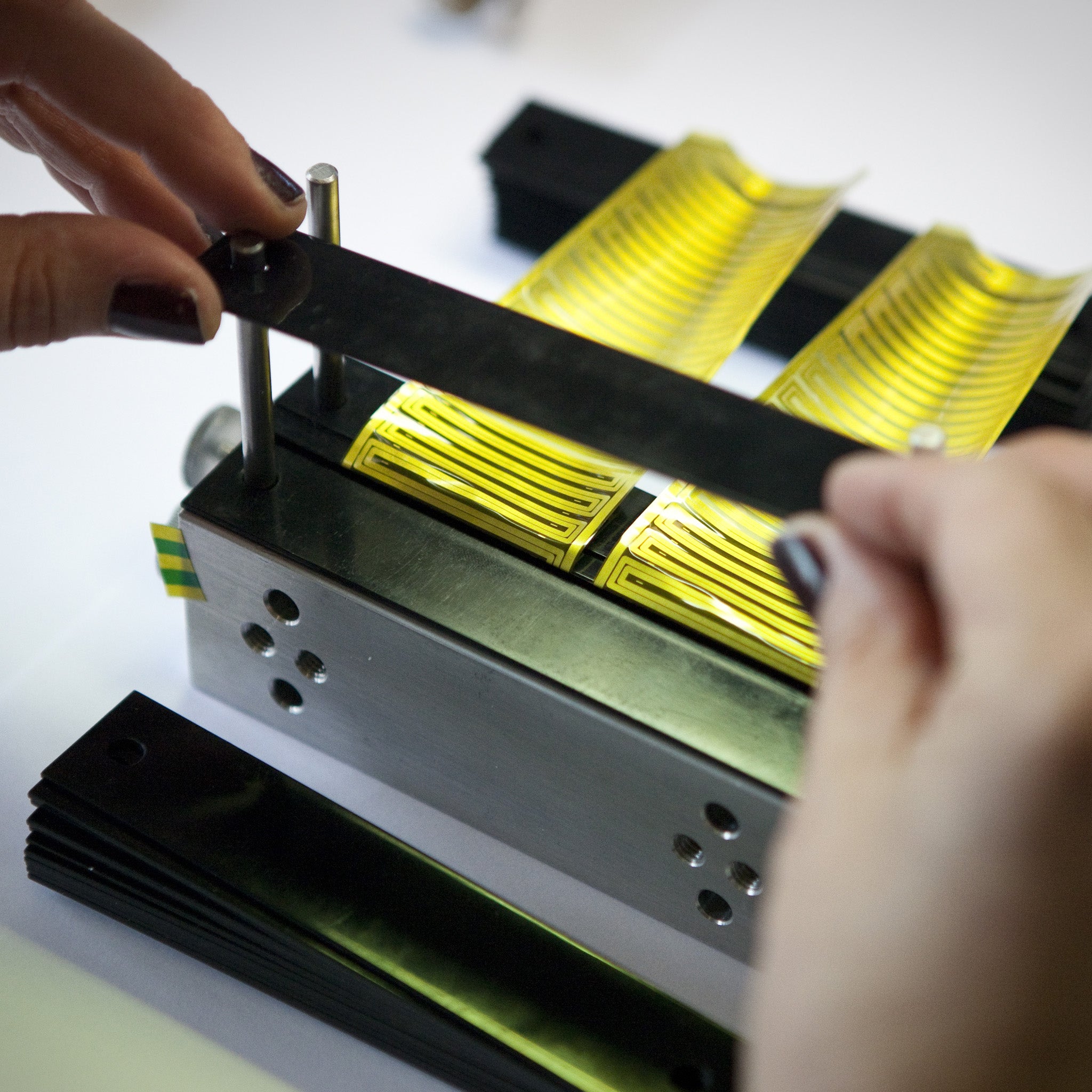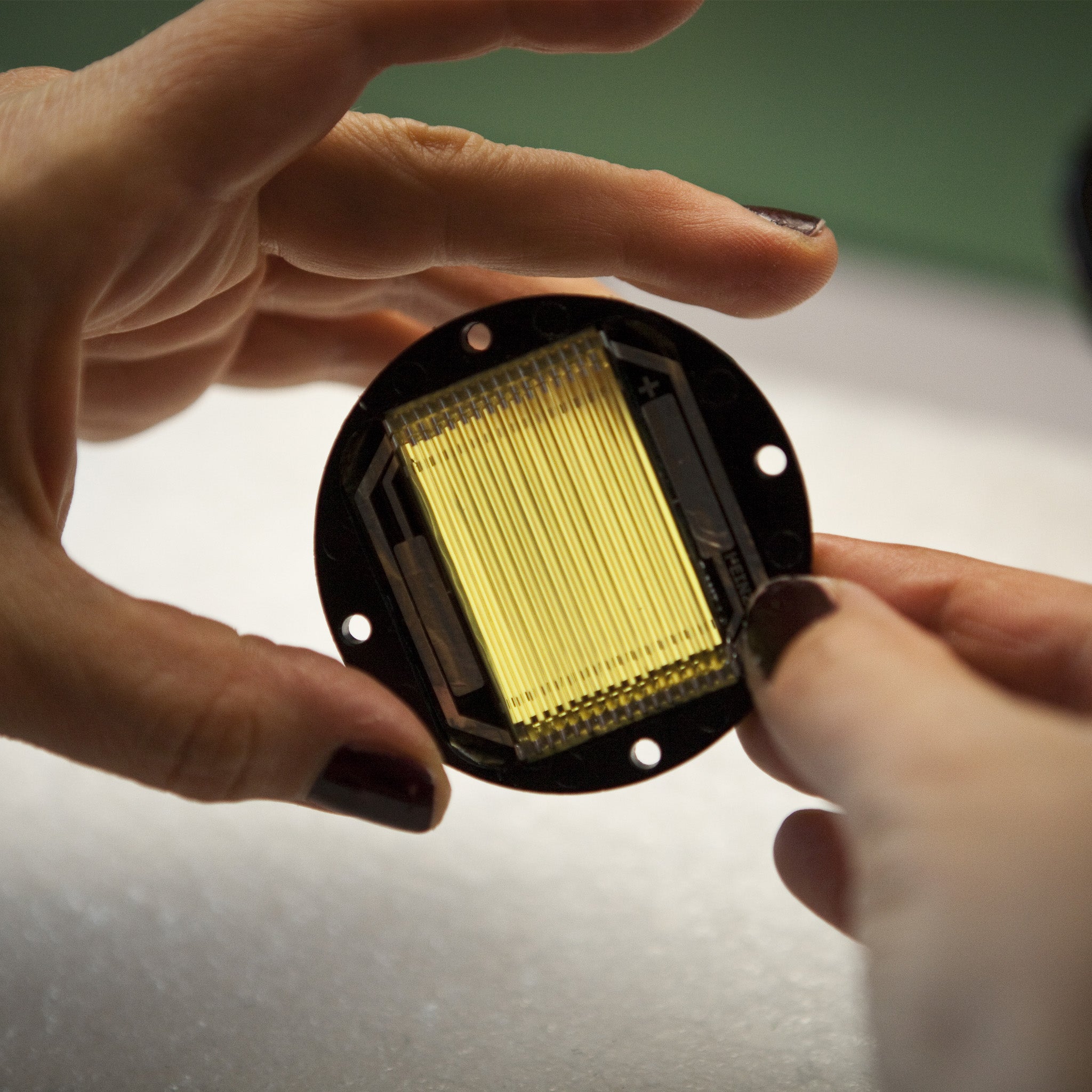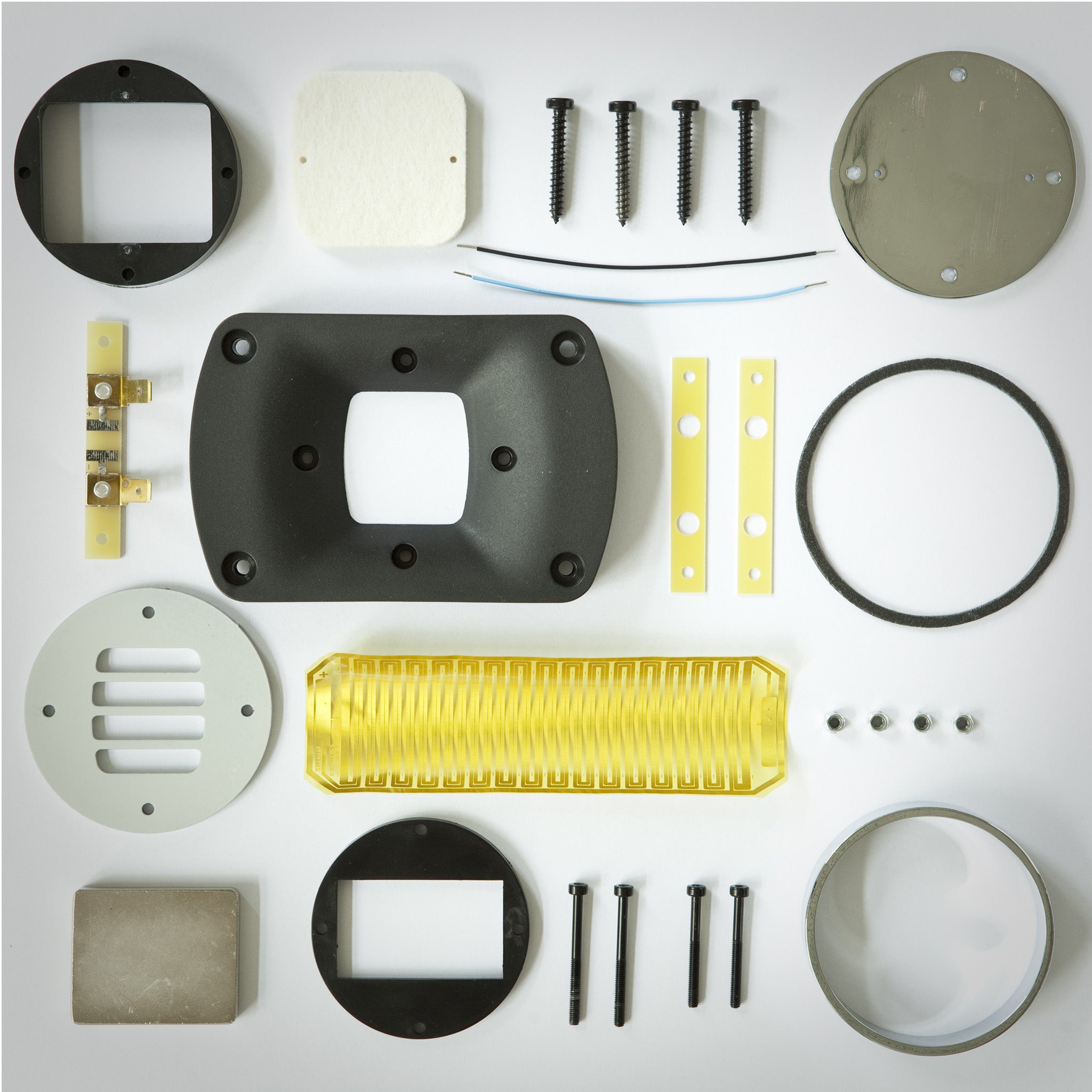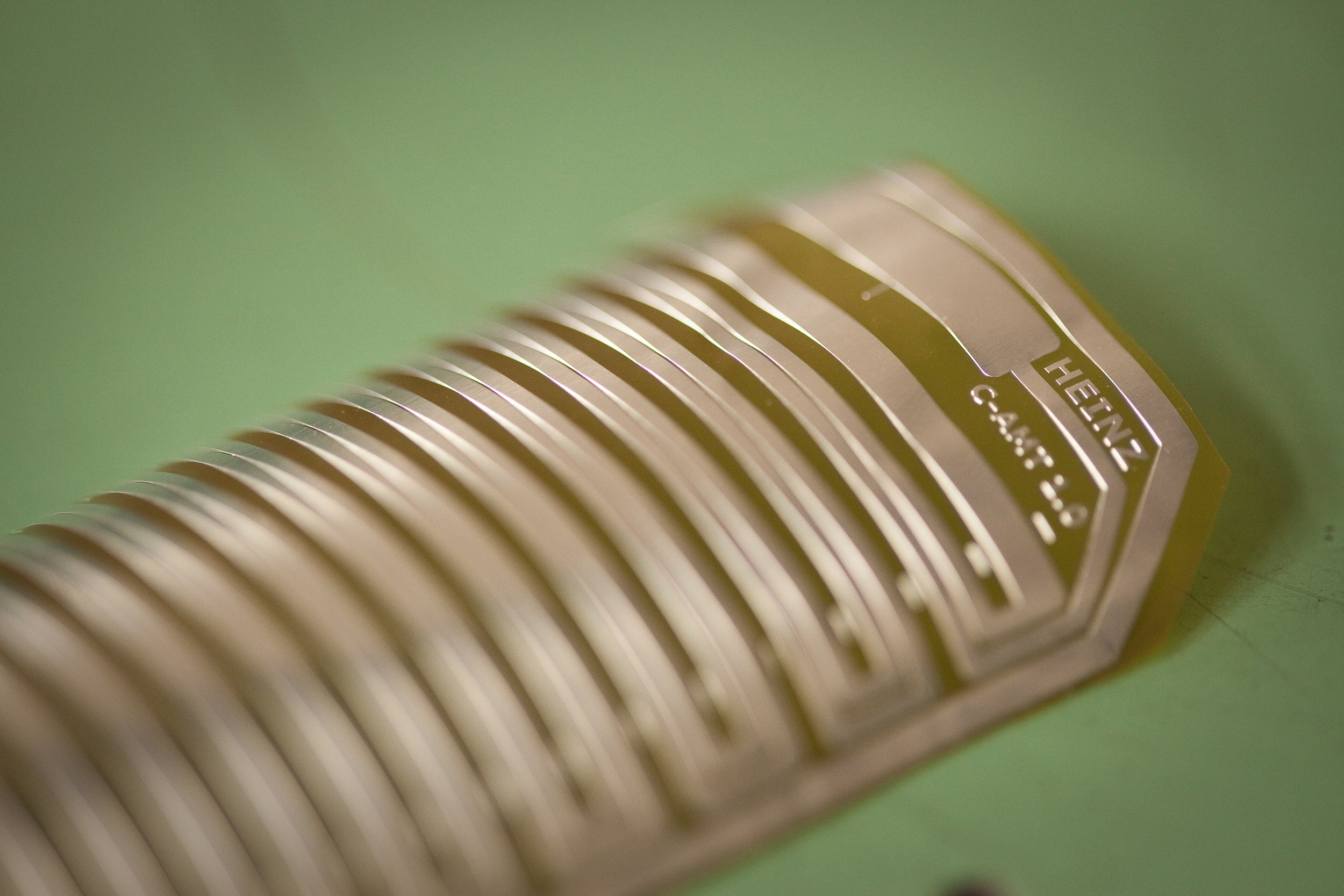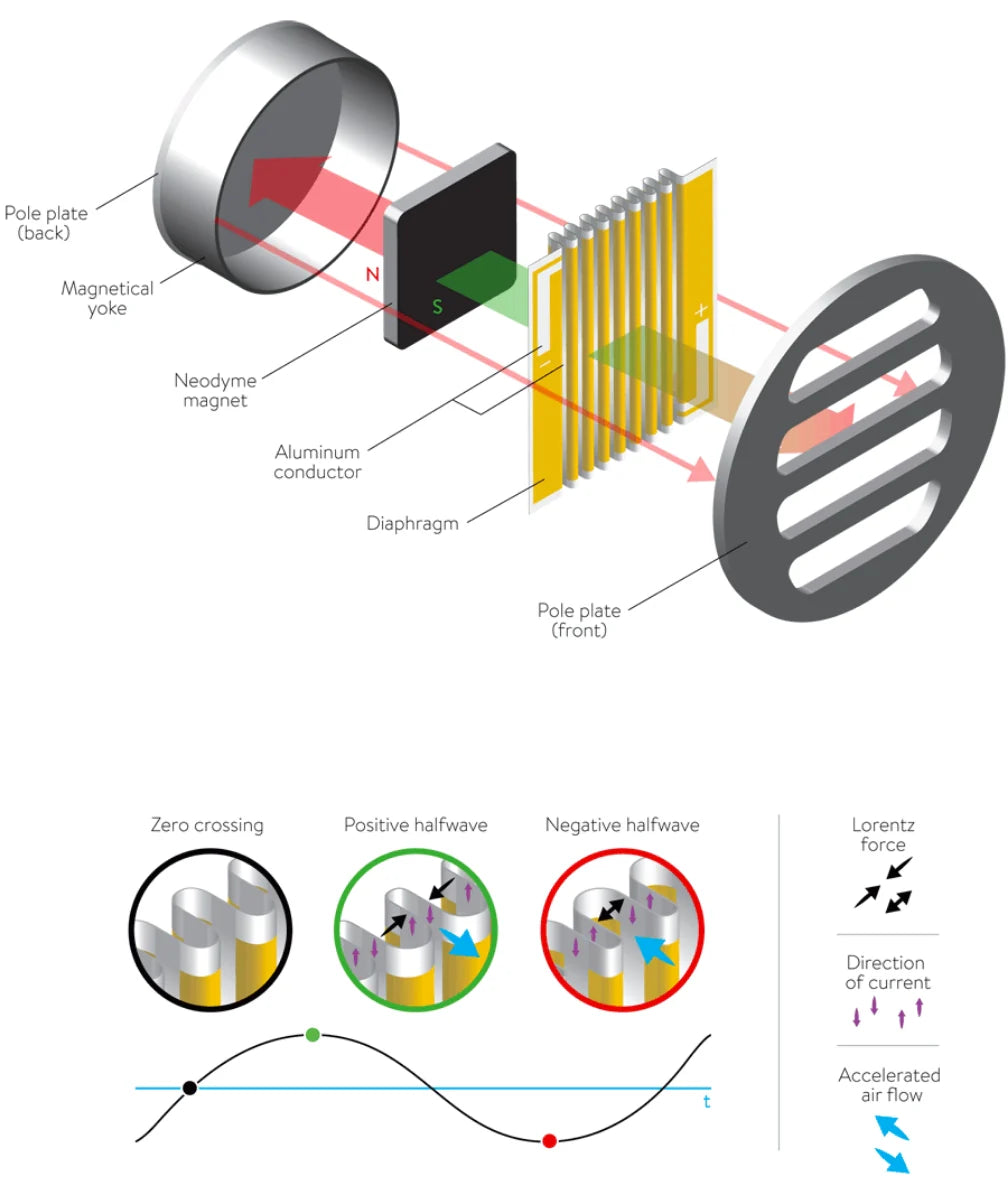The HEDD Air Motion Transformer
A Lifelong Pursuit of Clarity
The HEDD Air Motion Transformer driver is central to what HEDD is sonically and philosophically.
Our AMT, a proprietary design of an industry standard, is not just at the heart of the products we build, including all MK2 monitors and HEDDphone models, but also of who we are as a company.
That is because the type of AMT design used in the industry today is in part the result of a discovery by our co-founder Klaus Heinz in the 1970s. This discovery led him to a lifelong pursuit of clarity and the innovation of a compact AMT design that helped revolutionize the speaker landscape professionally and at home.
This proud legacy continues today in the audio products we develop at HEDD, with the desire to give listeners access to the same accurate and brilliant sound Klaus first encountered 40 years ago and spent his life refining

"I really love the design of HEDD speakers, and obviously their port technology. It’s all really well designed and articulated. But the tweeter is the joy. It's the bliss."
Q-Tip
— Legendary producer and artist
A Short History of the AMT
The Air Motion Transformer driver was invented in the 1960s by the late American/German physicist Oskar Heil as an alternative to the piston-like diaphragm that underpinned transducer designs of the time. Simply put, the AMT's design allowed the driver to accelerate and “breathe” air in and out using a folded diaphragm design which increased the musicality and accuracy in high frequency reproduction. It was first put into commercial use in the AMT1 speaker, manufactured by ESS in 1972.
Klaus Heinz was a young physicist and hifi dealer with a burning interest in sound living in Berlin, and when he first heard the AMT he was taken aback by the difference it made to the recordings he loved. This experience drew him to the Bay Area where he met Heil in 1985. These meetings in turn led Klaus to want to take Heil's AMT design and improve upon it, to create a driver that was more compact and reliable. "What fascinated me most when discussing loudspeakers with Oskai Heil was the fact that he really thought originally,” Klaus remembers of those meetings. “He constantly looked for new ways to create sound out of alternating current.”

"The accurate and brilliant sound of the AMT removed a heavy curtain from all the recordings I liked and had previously listened to in what I had until then considered a rather decent quality."
Klaus Heinz
— on first hearing the AMT driver in the ESS speakers in the 1970's
A Compact AMT
The first hitch Klaus encountered when trying to improve the AMT design was the patent, which meant Heil’s original bulky construction had to be followed. The patent eventually expired leaving Klaus free to build the compact AMT he imagined.
The result was the Accelerating Ribbon Technology (ART) tweeter introduced in 1999, and made possible thanks to neodym magnets and light, flexible Kapton diaphragm foils. The ART was developed for ADAM Audio, a company Klaus had founded in the late 1990s. It brought a new type of transducer to the pro audio world, and over the next decade went through multiple evolutions to improve build quality, sonic consistency, and efficiency.
Most importantly, by enabling the use of AMT in a broader range of professional audio products, Klaus helped to revolutionize the speaker landscape from hi-fis to studio monitors. His designs for a more compact AMT have been directly applied to or strongly echoed in the works of renowned brands such as Eve Audio, Unity Audio, Elac, Presonus, and ESI, among others. The current leaders of loudspeaker design have all grown up with Klaus’ innovations.
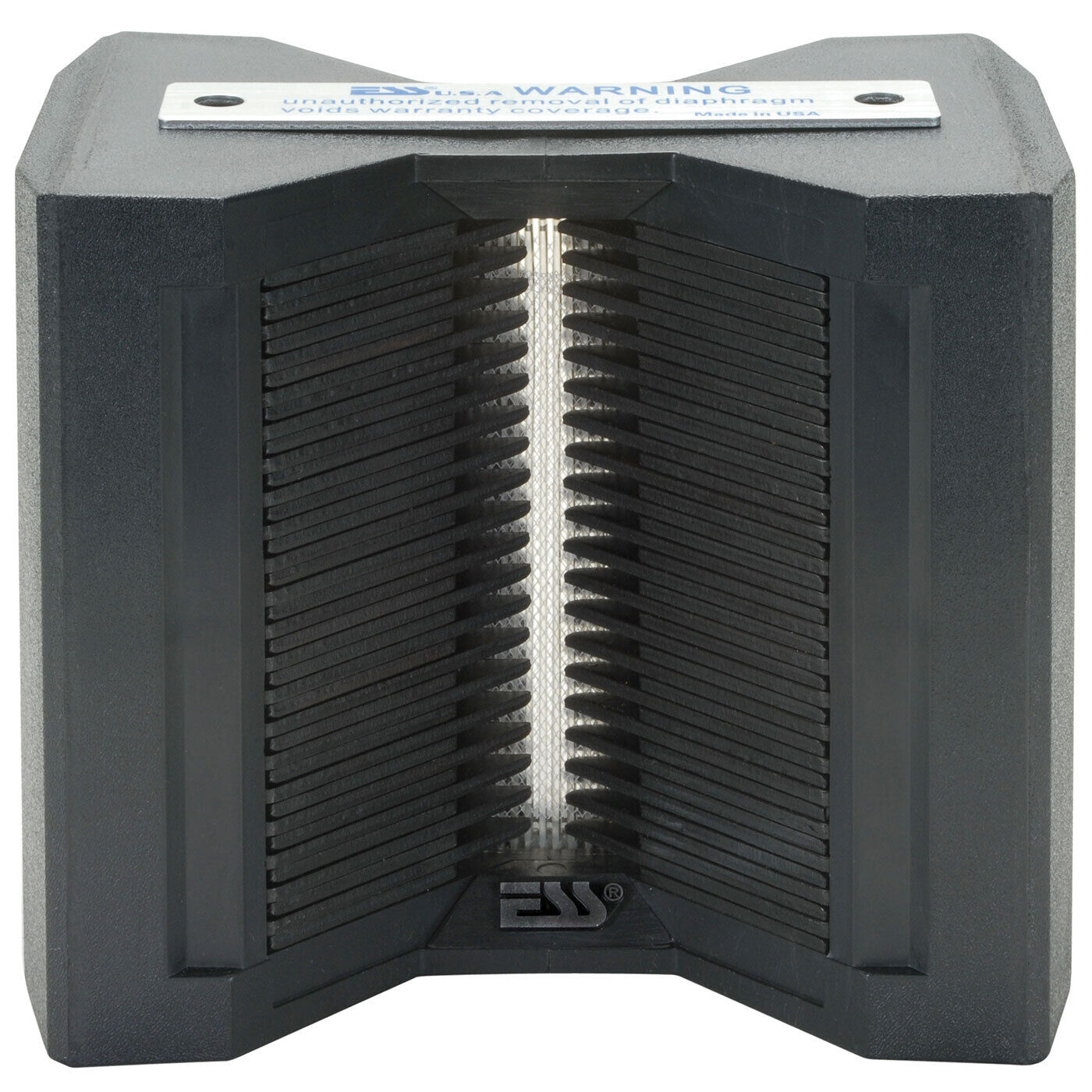
"Heil’s AMT was a bulky unit that could only be used on top of a speaker as a dipole. I thought it would be a good idea to adopt the same principle but use it to make a tweeter that could replace a 1" dome."
Klaus Heinz
— on adapting the original AMT design to be more compact
A new generation of AMT
In 2015, Klaus founded HEDD with his son, Dr. Frederik Knop, in order to further pursue design ideas he had for the AMT.
With the help of Dmitry Grigoriev, a young talent with a love of physics and sound who became HEDD’s head of R&D, they used their scientific and design knowledge, as well as a lot of patience and trial and error, to develop HEDD’s own AMT: a small, hand-built driver that is the pride of all HEDD monitors. The HEDD AMT was designed to be combined with a cabinet capable of switching between closed or ported modes, in order to offer users different bass responses and control over the accuracy of different parts of the frequency range.
Thanks to decades of design, testing, and listening — from using better glues and coating to refined filtering and careful manual assembly — the HEDD AMT driver gives you, the listener, a precise and wonderfully open sound that is at the heart of everything we do.
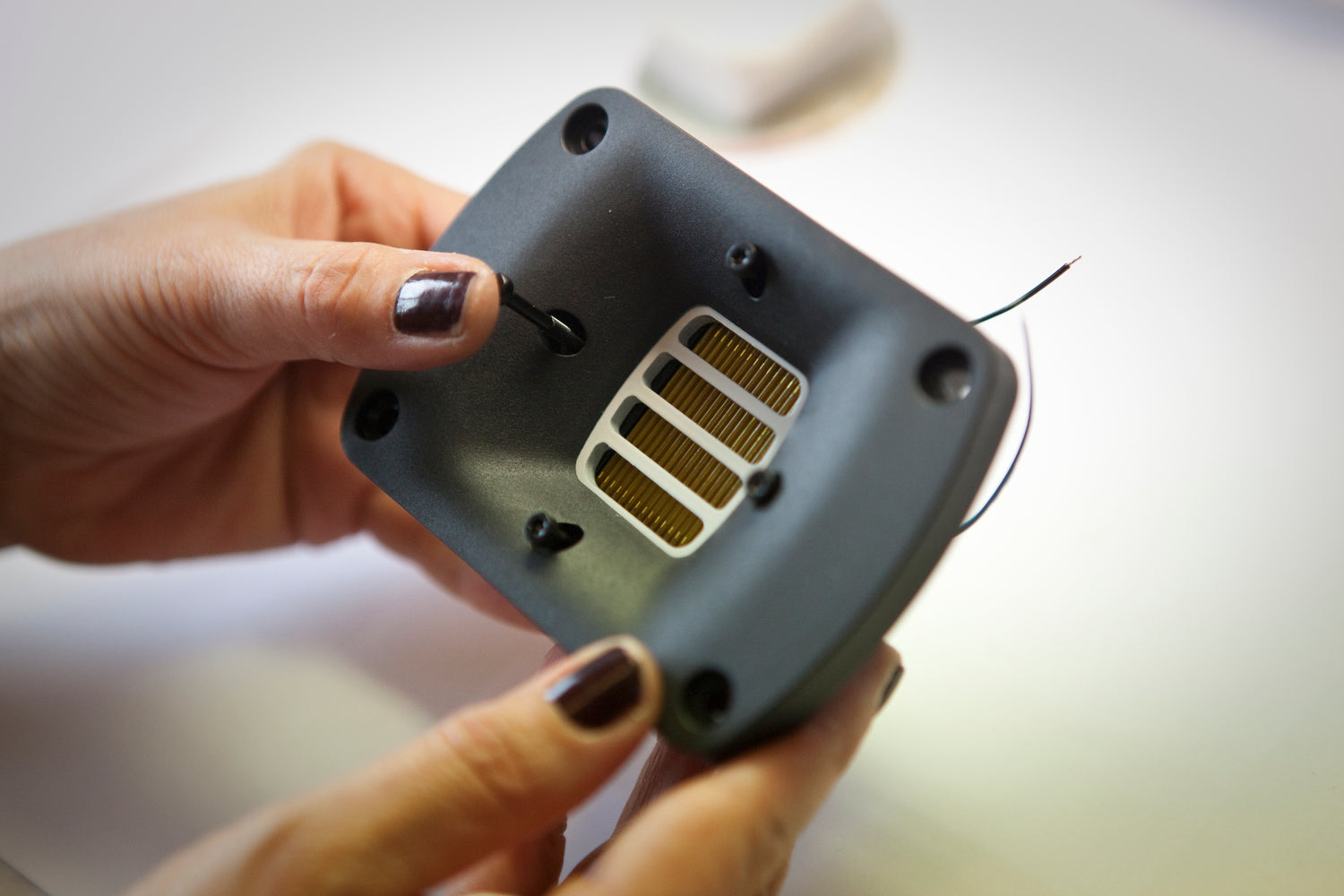
"We had an idea to rebuild the prototype and glue every piece so that it was air-tight. The air-tightness was enough to either send the design down the river or to make a good new speaker. I’m still amazed by this."
Klaus Heinz
— on early HEDD speaker tests
An AMT for headphones
After spending more than a decade refining the AMT as a tweeter for use in loudspeakers and monitors, Klaus still had one more idea: applying it to a wearable headphone. The idea wasn’t entirely new as there had been a few attempts to integrate AMTs in headphones but none had succeeded at reproducing the entire frequency spectrum, focusing instead on providing the mid- to high frequency clarity of the AMT combined with a separate dynamic bass driver.
The HEDD team approached the problem in a similar way to how Klaus had originally come up with the ART design: what if changing the geometry of the Kapton folds could open things up and enable accurate full range sound?
What followed was a long process of trial and error that eventually led to what we call Variable Velocity Transform (VVT), an update to the geometry of an AMT driver’s folds, which in a monitor requires them to be of the exact same shape. With VVT, the AMT’s diaphragm features folds that vary both in width and depth and can therefore reproduce the full audio spectrum from 10 to 40 kHz.
VVT was unveiled in 2020 with the launch of the HEDDphone, the world’s first full-range AMT headphones and the latest evolutionary step in the history of the AMT driver. In 2023, following intensive rounds of R&D incorporating feedback from users, we released the HEDDphone TWO which features an updated AMT design that improves on the build and accuracy of VVT.
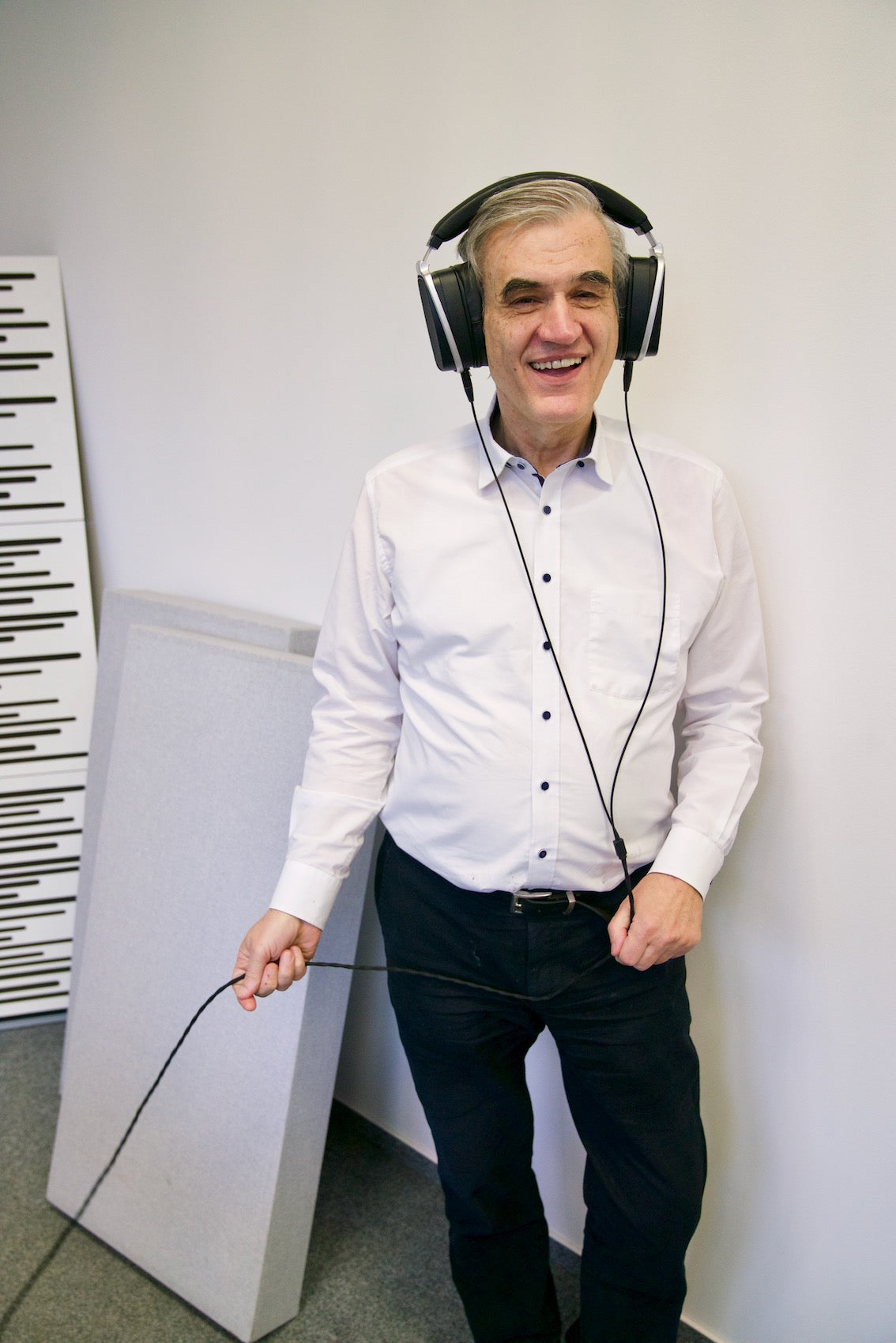
"The HEDDphone® is made for people who simply want to hear the most accurate music reproduction possible."
Klaus Heinz
Design & Principle
The Air Motion Transformer is an electromagnetic driver, based on the Lorentz force, that moves the air through single folds. The diaphragm itself has an aluminum circuit printed on it (violet arrows) and is surrounded by a strong magnetic field.
The graphics in and around the small circles show the motion of the individual foils producing a sinusoidal waveform: from where it starts (black circle) through the positive (green circle) and negative (red circle) half-waves.
The resulting air flow (blue arrows) is four times faster than speed in which the individual folds move, which is a big advantage when it comes to reproducing music signals with fast transients (cymbals, plugged guitar strings, etc.).
